pret.indah.link
Remote Interaction System Features Sharp Display Paired With Yamaha’s CS-700 Video Sound Bar, Providing Contactless, Safe Customer Service With Best Audio and Video Quality
SUDBURY, Mass. — July 30, 2020 — Yamaha Unified Communications and Sharp Business Systems, the direct B2B sales channel of Sharp Electronics Corporation, are providing the hospitality, enterprise, education, health care, and government industries with a safe, healthy way to interact with customers and guests in any lobby or front desk environment. The Remote Concierge Station solution brings together Sharp’s 40-inch or 50-inch flatscreen and Yamaha’s CS-700 Video Sound Bar in a sleek, mobile stand to allow organizations the ability to staff key locations without having an employee on site to provide high-quality custom service and reception response.
“COVID-19 has highlighted the need for solutions that help public-facing staff have meaningful interaction with customers, patrons, and guests while maintaining social distance,” said Meghan Kennelly, director of global marketing and communications at Yamaha Unified Communications. “The Remote Concierge Station is perfectly suited to meet this new need. Our CS-700 collaboration system has been used for years by businesses all over the world to help users drive professional-quality remote meetings. Now staff will have peace of mind while ensuring that they will be able to see and hear customers just as clearly as if they were talking to them face to face — but they can be safely working from home, in the next room, or even across the country.”
As companies return to a new normal, the solution is an effective answer to protecting front-desk employees as they interact with the public. Featuring Sharp’s brilliant, large-format professional display and Yamaha’s CS-700 Video Sound Bar, the Remote Concierge Station provides the next best thing to face-to-face human interaction. The Video Sound Bar is a comprehensive, powerful solution that makes natural-sounding audio and high-quality video collaboration possible. It features an adaptive beamforming microphone array for perfectly captured conversation; four Yamaha speaker elements to provide the highest degree of audio intelligibility; and a wide-angle HD camera that captures guests and the room in clear detail. This allows reception staff to monitor room activity and greet users as they approach.
Designed for flexibility and ease of use, the station connects to a UC platform via a single USB. The sleek unit eliminates the inherent inefficiencies of operating disparate video and audio while keeping lobbies, waiting rooms, and reception areas neat and welcoming. The CS-700’s integrated network management system also allows IT staff to rapidly deploy and remotely manage each unit, which is ideal for organizations that have multiple CS-700 units installed in reception areas and meeting spaces.
The Remote Concierge Station comes mounted on a rolling cart that is UL-certified to prevent tipping, allowing organizations to safely move it for use as a mobile conference station. With the built-in flexibility, it can also double as an immediate and long-term digital signage solution for greater ROI. For example, it can be used to remind guests of any mask ordinances and best practices. Additionally, as staff return to the office, it can continue to be used to welcome incoming guests with check-in or company information. It also includes a Shuttle NC03 computer mounted on the back of the display, wireless keyboard, power strip, and remote control.
The Remote Concierge Station is available through Sharp Business Systems. Interested parties can learn more at https://ift.tt/2DalAzn.
# # #
About Sharp Electronics Corporation
Sharp Electronics Corporation is the U.S. subsidiary of Japan’s Sharp Corporation. Sharp is a worldwide developer of one-of-a-kind home appliances, networked multifunctional office solutions, professional displays and smart office systems. Sharp has been named to Fortune magazine’s 2020 World’s Most Admired Company List, a ranking of the world’s most respected and reputable companies.
About Yamaha Unified Communications
Audio and video conferencing solutions from Yamaha Unified Communications, Inc. streamline collaboration and boost productivity wherever people work. Yamaha’s renowned and rigorous approach to development and manufacturing of enterprise-grade microphone systems, conference phones, and video sound bars ensures superior audio quality, reliability, and flexibility. With both wired and wireless options, Yamaha’s unified communications (UC) products enable users to have natural, clear conversations in every meeting space.
More information can be found at uc.yamaha.com.
All trademarks and registered trademarks mentioned herein are the property of their respective owners.
PR Link: https://ift.tt/2PcJCfN
Photo Link: https://ift.tt/39HXdoK
Photo Caption: The Remote Concierge Station solution brings together a Sharp flatscreen with a Yamaha CS-700 Video Sound Bar to create a contactless solution for custom service and reception response.
Follow Yamaha Unified Communications:
Facebook: https://ift.tt/2JeedJh
LinkedIn: https://ift.tt/2Hk5VcY
Twitter: https://twitter.com/YamahaUC
YouTube: https://www.youtube.com/yamahauc
This section of TWICE, “The PR Wire,” contains original press releases that reflect the views of the industry organizations issuing them. Releases are not reviewed or edited by TWICE editorial staff. Suppliers, The PR Wire is “A Virtual Press Conference.”
The Link Lonk
August 01, 2020 at 12:21AM
https://ift.tt/2XeCVhF
Yamaha UC Integrates With Sharp Electronics for Remote Concierge Station Solution - Twice
https://ift.tt/2ZqQevw
Yamaha
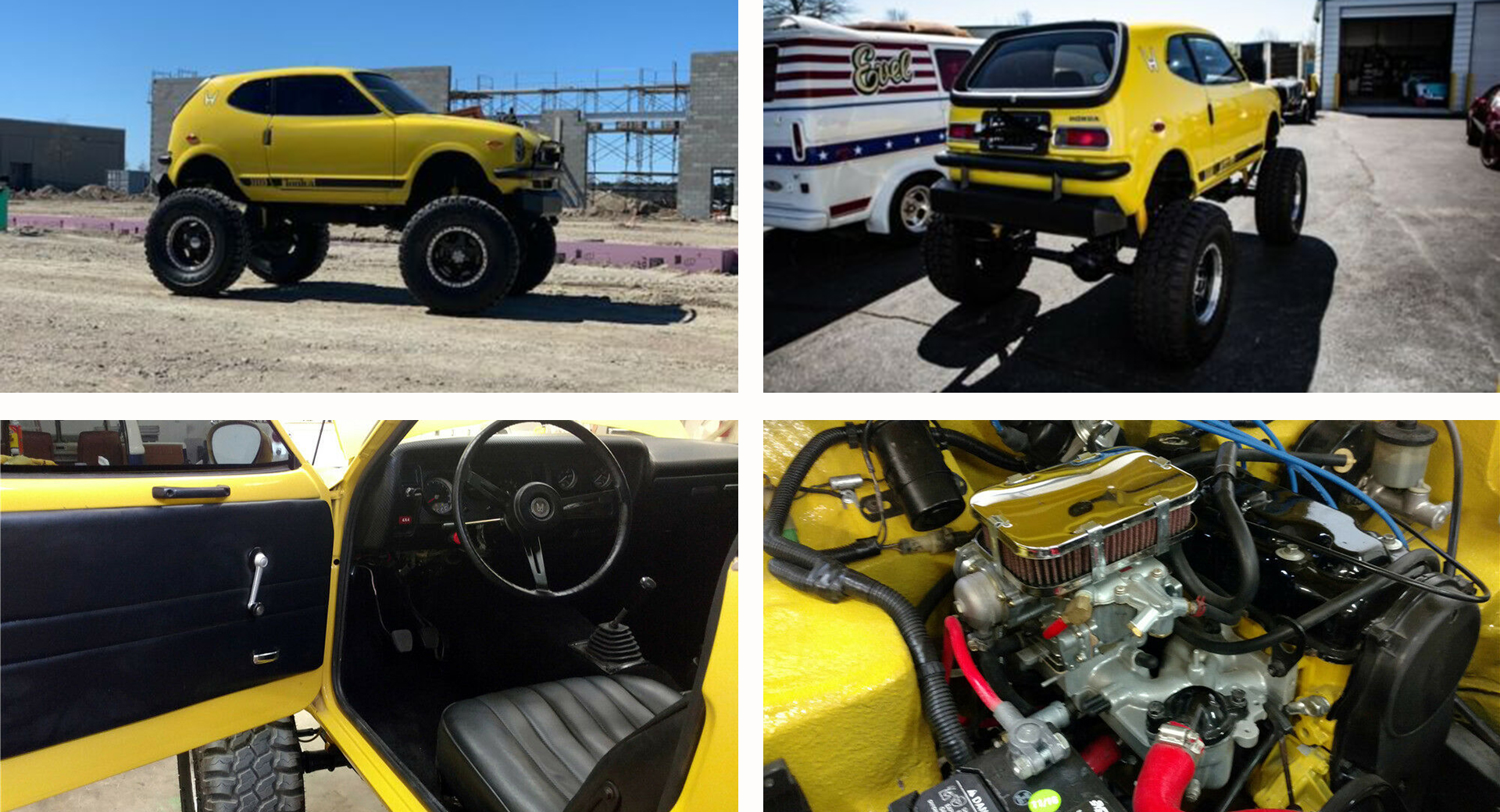

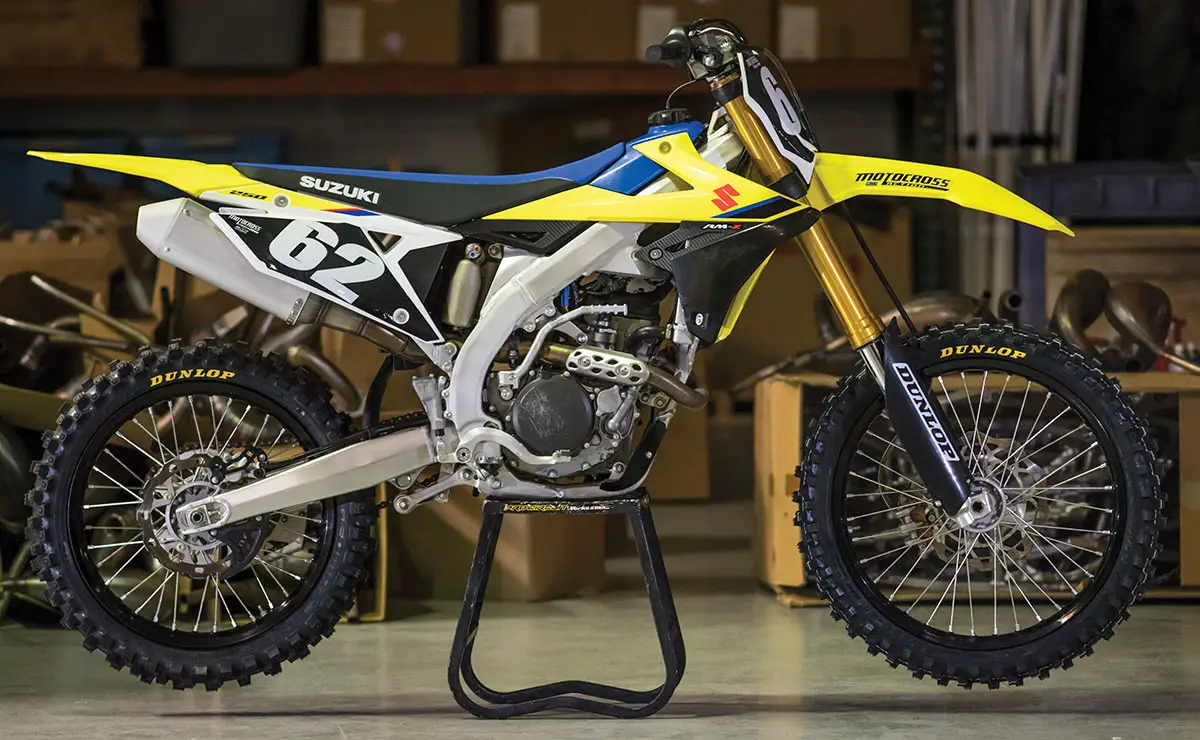

 The Otaru Canal test site is one of the leading tourist spots in Hokkaido.
The Otaru Canal test site is one of the leading tourist spots in Hokkaido.  The motors are rim motors, similar in design to
The motors are rim motors, similar in design to 
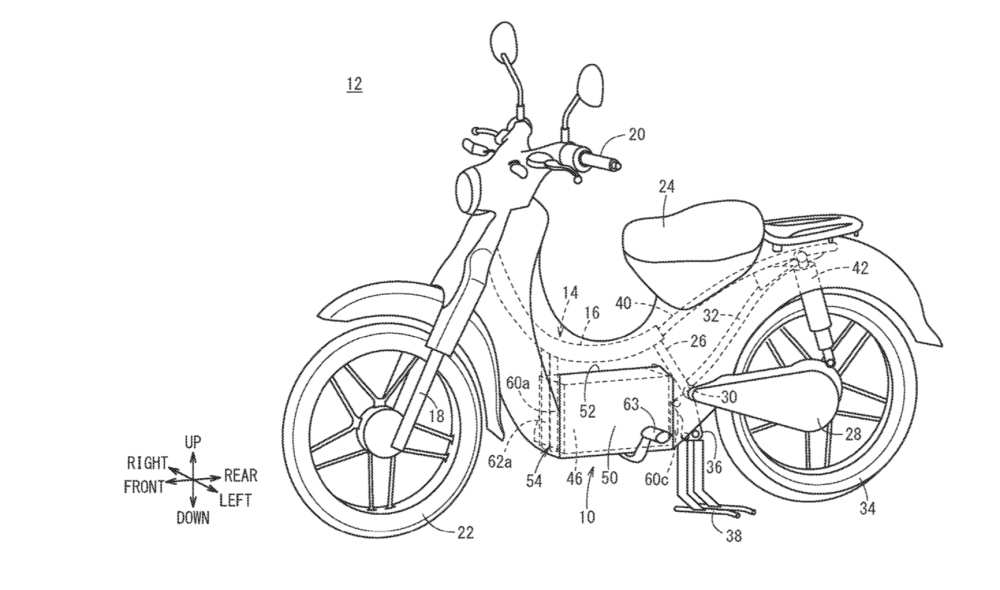
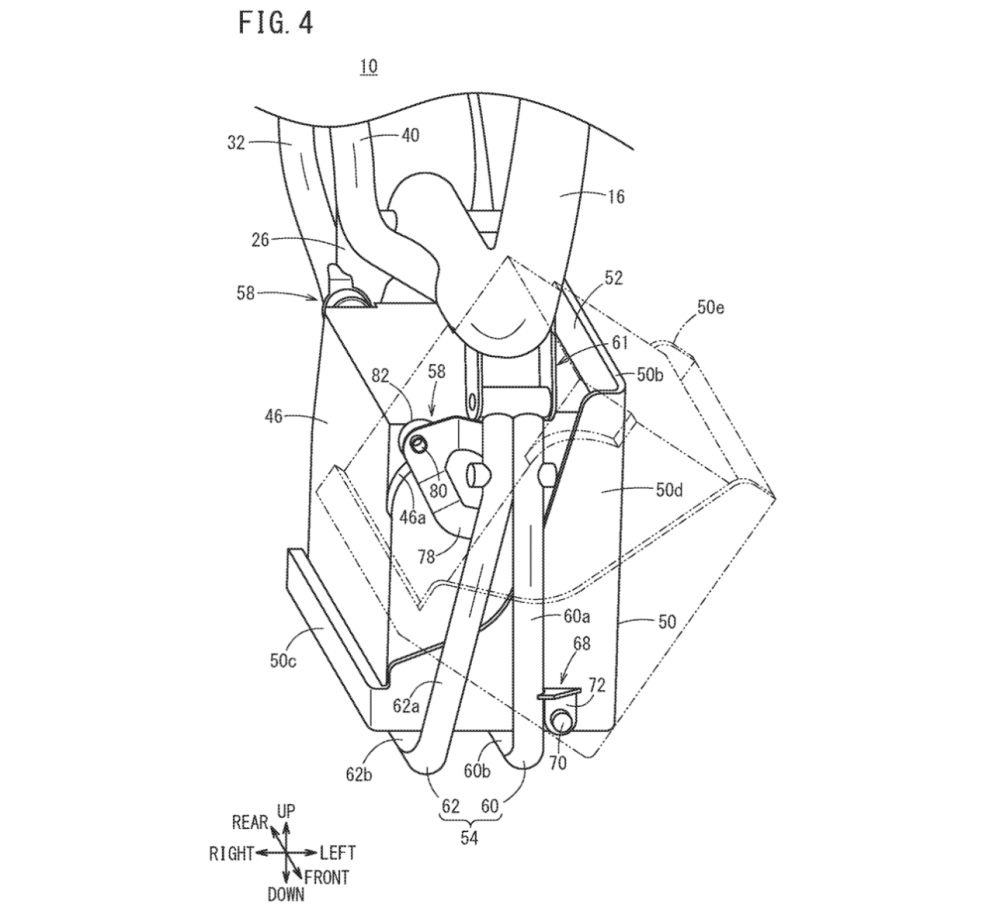
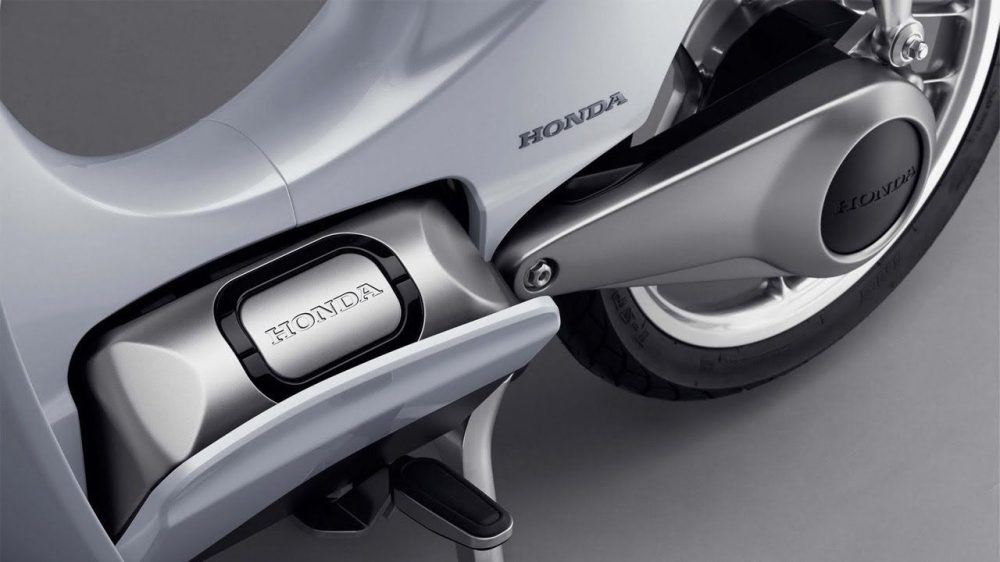
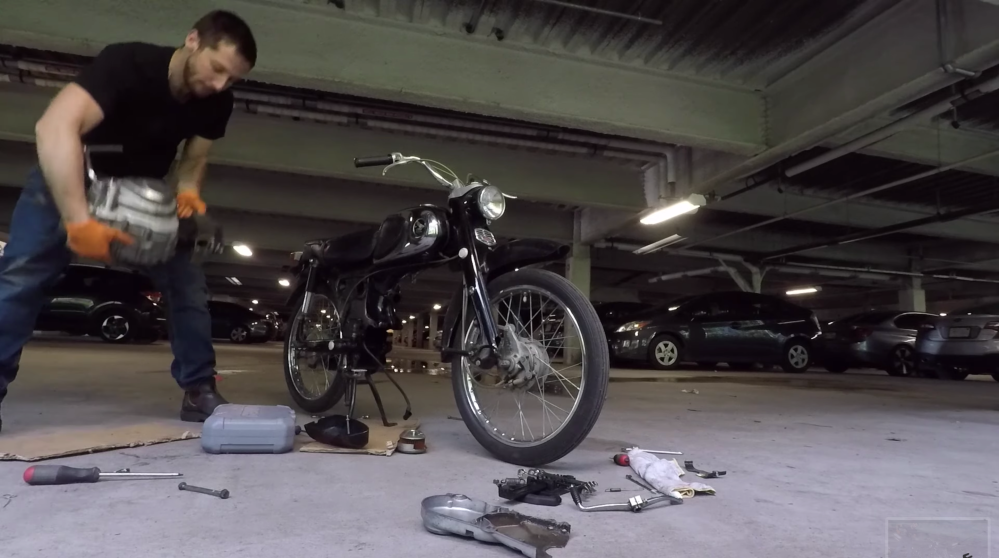












 Frankly, I'd have been surprised if the new Yamaha A-S3200 had sounded like a Sugden IA-4 solid-state Class A design, or a Prima Luna EVO 400 valve integrated. Nor is it as charismatic and coloured as a Naim SuperNait 3. Instead, you get a crisp, clean, sinewy sound that's more matter-of-fact than any of the above. Factor in its lovely build and finish, then maybe deduct a few points for the silly power meters, and this new Yamaha comes very close to the top of the super-integrated class – depending on your priorities and tastes, of course. It's an excellent design that you shouldn't overlook.
Frankly, I'd have been surprised if the new Yamaha A-S3200 had sounded like a Sugden IA-4 solid-state Class A design, or a Prima Luna EVO 400 valve integrated. Nor is it as charismatic and coloured as a Naim SuperNait 3. Instead, you get a crisp, clean, sinewy sound that's more matter-of-fact than any of the above. Factor in its lovely build and finish, then maybe deduct a few points for the silly power meters, and this new Yamaha comes very close to the top of the super-integrated class – depending on your priorities and tastes, of course. It's an excellent design that you shouldn't overlook.